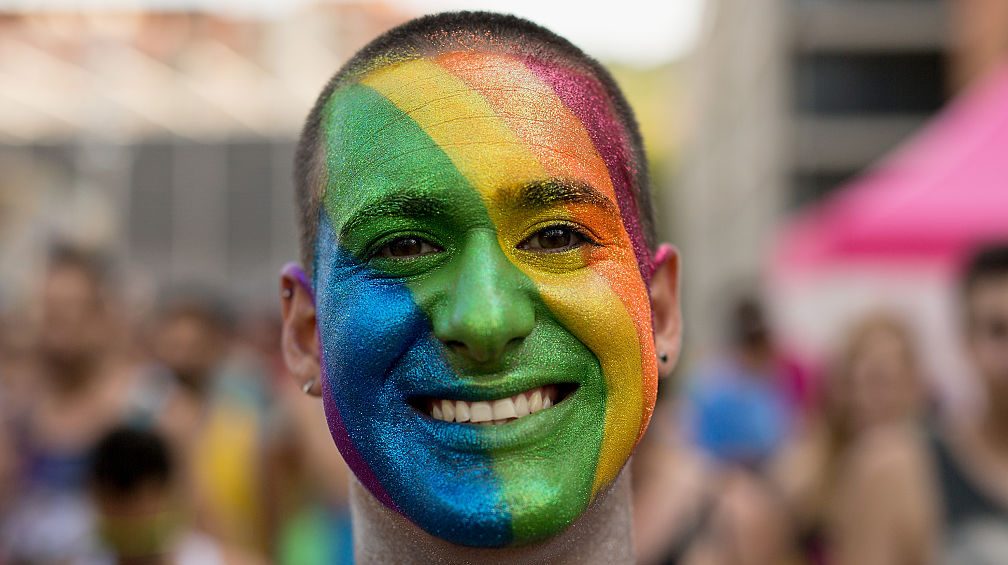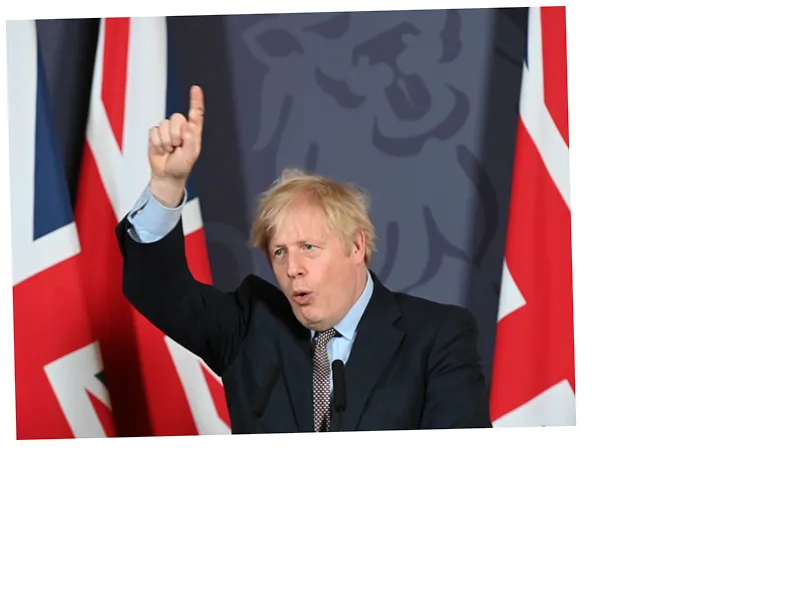June is Pride Month, a time when LGBT communities around the world come together to celebrate the freedom to be themselves and reflect on their history. The commemoration honors the June 1969 Stonewall uprising in New York City, a pivotal event that fueled the modern gay rights movement. Pride events, including parades and marches, are typically held in June, although some cities may hold their celebrations at different times of the year. This year, both virtual and physical events have been planned worldwide to accommodate ongoing safety concerns due to the Covid-19 pandemic.
The roots of LGBTQ Pride Month can be traced back to the Stonewall riots. In the pre-dawn hours of June 28, 1969, New York police raided Stonewall Inn, a gay bar in Greenwich Village. Patrons resisted arrest, culminating in a series of neighborhood riots that lasted for three days. These riots marked a turning point, igniting the modern LGBTQ rights movement. One year later, on June 28, 1970, the first Pride marches were held in cities like New York and Los Angeles to commemorate the anniversary of the protests.
Brenda Howard, a prominent bisexual activist dubbed the 'Mother of Pride,' organized the first Pride parade to mark the Stonewall uprising’s first anniversary. Another key element of LGBTQ Pride symbolism is the rainbow flag, created in 1978 by Gilbert Baker. Commissioned by Harvey Milk, one of the first openly gay elected officials in the U.S., the flag represented the diversity within the LGBTQ community. Today, subsets of the flag include representations for bisexual, pansexual, and asexual communities, among others.
The significance of LGBTQ Pride Month extends beyond the parades and parties. It also serves as a protest to highlight the ongoing issues facing the community. In addition, Pride Month is recognized by many governments and institutions worldwide. Former President Bill Clinton was the first to declare June as Gay and Lesbian Pride Month in 1999, and in 2016, then-President Barack Obama designated the area around Stonewall Inn as a national monument, the first to honor LGBTQ rights.
Major Pride celebrations attract millions of participants globally. New York City remains a focal point, with its extensive Pride March drawing people from around the world. Other large celebrations take place in cities like São Paulo, Madrid, Toronto, and San Francisco. Pride events are inclusive, welcoming allies from non-LGBT communities to show their support, observe, listen, and educate themselves about LGBTQ issues.
- While virtual events continue to play a significant role due to the pandemic, in-person gatherings are resuming in many parts of the world. Notably, the LGBTTTI+ Pride March in Mexico City and the Lima Pride March in Peru will take place virtually, while cities like Bogotá and Medellín in Colombia will host physical marches.
- The rainbow flag, a quintessential symbol of LGBTQ Pride, was created nearly half a century ago for the San Francisco Gay Freedom Day Parade. Before its creation, symbols like the pink triangle were used negatively against the community. Today, the rainbow flag stands for inclusivity and diversity, reflecting the various gender, race, and age differences within the LGBTQ community.






